Only Boomers Will Recognize These 20 Throwbacks from the ’60s
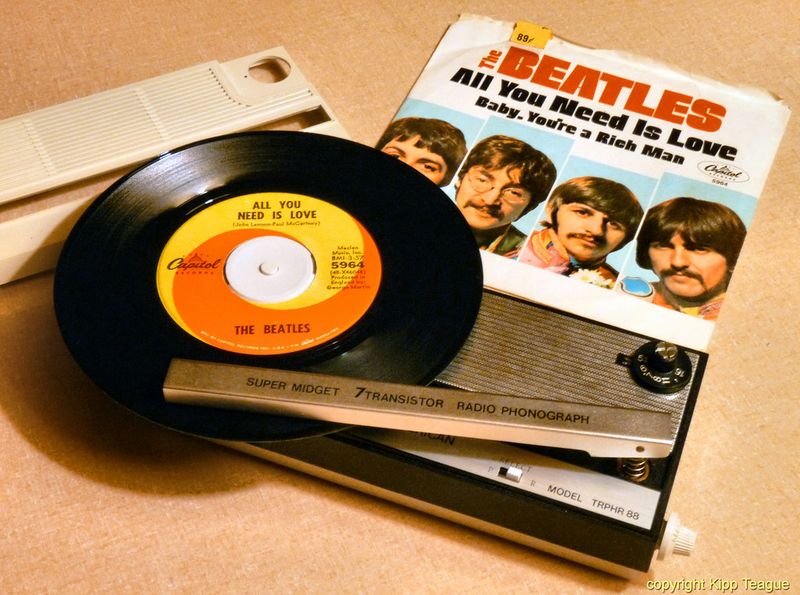
The 1960s was a decade of incredible change and cultural revolution. From music and fashion to technology and social movements, this era left an indelible mark on those who lived through it. If you grew up during this transformative time, these 20 nostalgic items will transport you back to the days of peace, love, and rock ‘n’ roll.
1. 45 RPM Vinyl Records
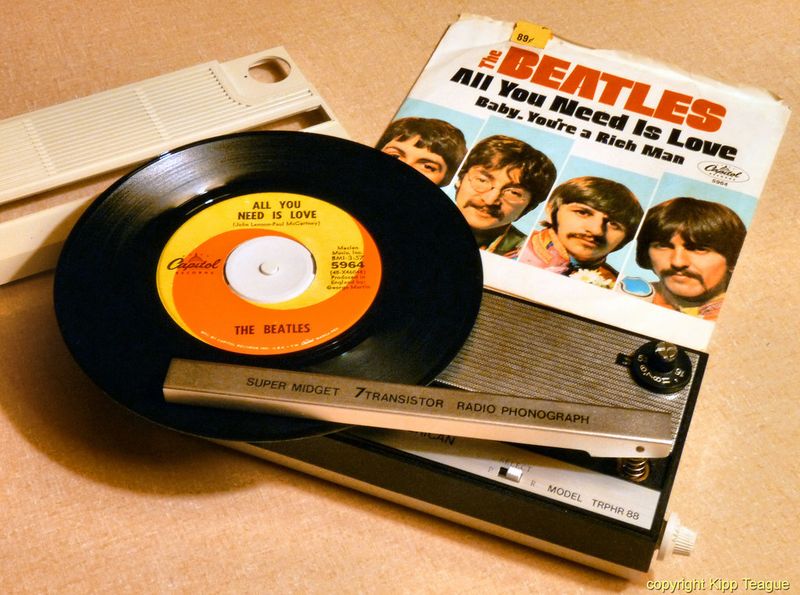
Remember rushing to the record store to grab the latest hit single on a 7-inch vinyl disc? These compact records played at 45 revolutions per minute, hence the name.
Each one came in a paper sleeve with a large hole in the center that required a plastic adapter to fit on your turntable. For just 99 cents, you could own the soundtrack to your teenage years.
The B-sides often contained hidden gems that never made it to radio play. Many Boomers still have collections tucked away, preserving not just music but memories of sock hops and summer crushes.
2. Rotary-Dial Telephones
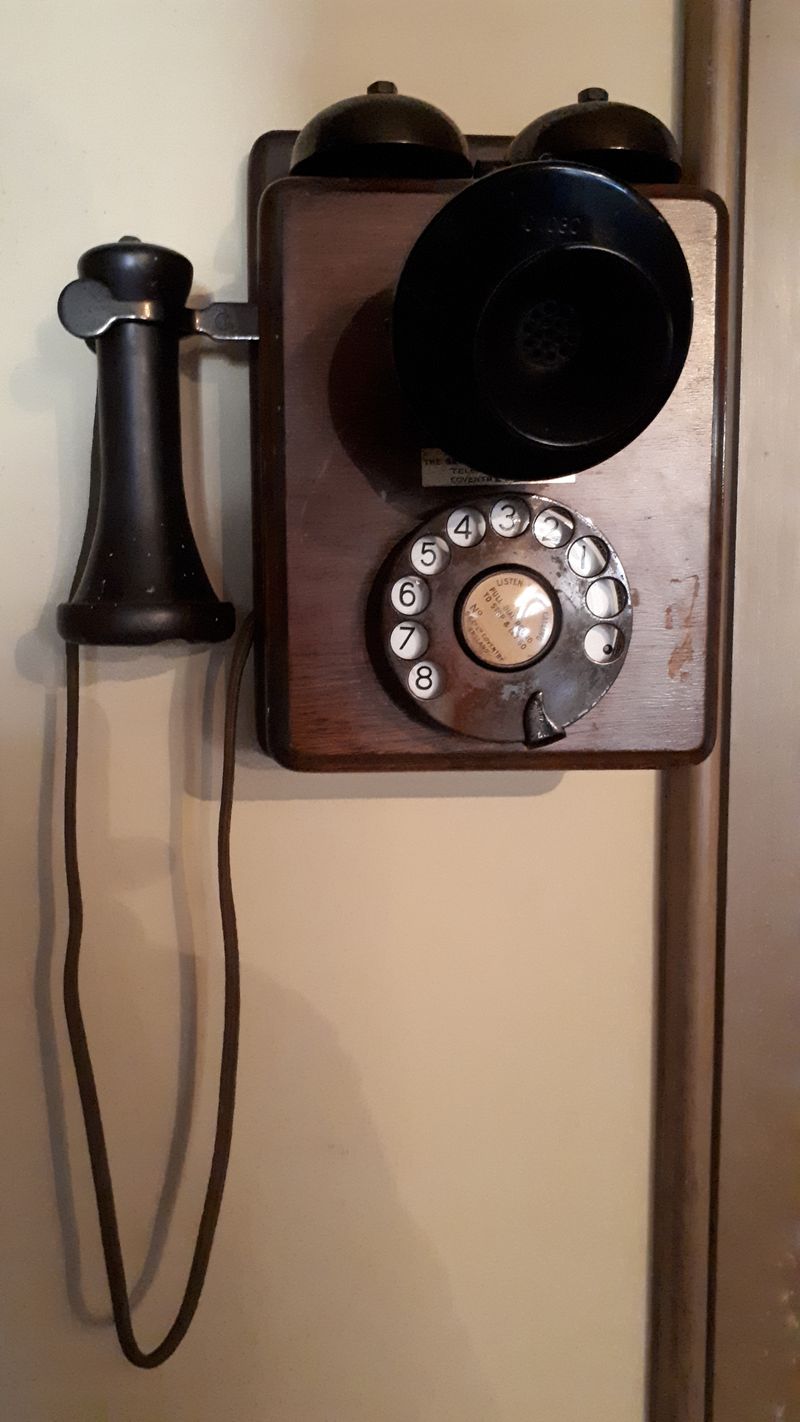
That satisfying click-click-click as your finger rotated the dial for each number! Heavy as a brick and typically mounted to the wall or sitting on a special telephone table, these communication devices were the household’s connection to the outside world.
Long-distance calls were expensive special occasions. Families gathered around to speak when relatives called from far away.
Party lines meant sharing your telephone line with neighbors, requiring specific ring patterns and occasional eavesdropping. The cord always seemed to tangle no matter how carefully you tried to prevent it.
3. TV Sign-Offs at Night
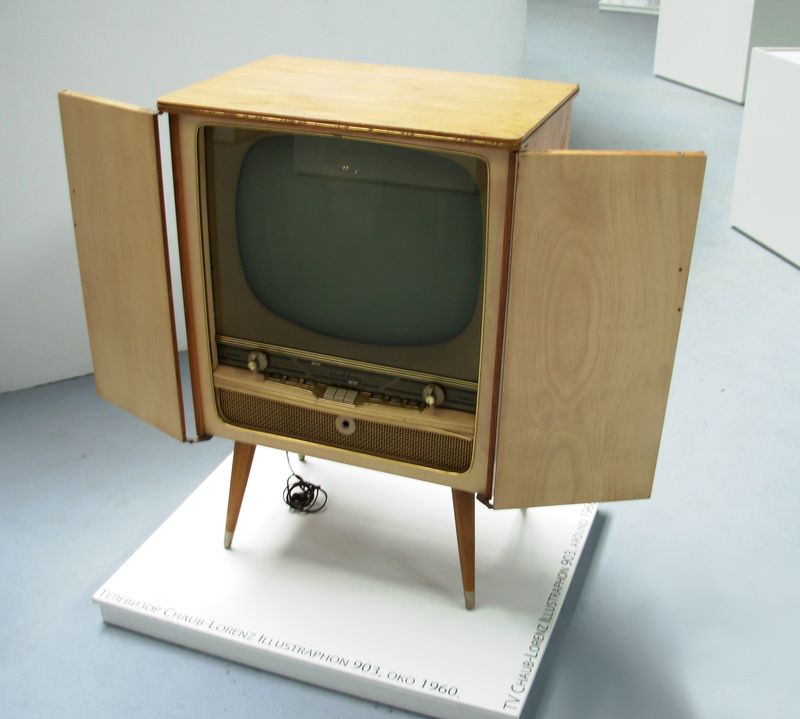
The national anthem played as the American flag waved on screen, signaling the end of the broadcast day. After the late-night movie or talk show, television stations didn’t continue programming through the night like today.
Static and a test pattern would fill the screen until morning broadcasts resumed. The familiar Indian head test pattern or color bars might be accompanied by a high-pitched tone.
Parents used these sign-offs as the ultimate bedtime enforcement tool. “If Johnny Carson’s over, you should definitely be in bed!” When the TV went to static, so did the household—until the morning programs began again.
4. Cartoon-Decorated Lunchboxes
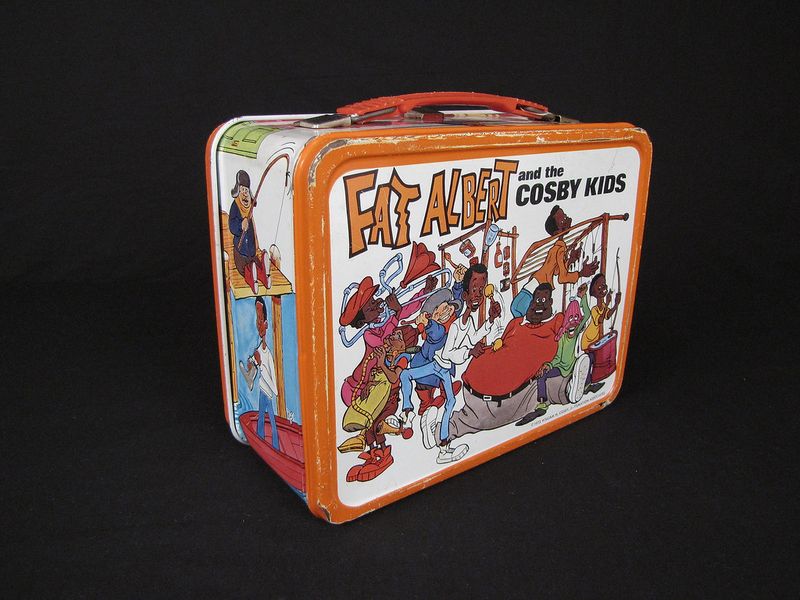
Metal lunchboxes emblazoned with favorite characters were status symbols in school cafeterias across America. The Flintstones, The Jetsons, and Superman adorned these prized possessions, complete with matching thermos bottles tucked inside.
Trading lunch items became a daily ritual. Mom’s homemade sandwich might be swapped for a friend’s cookies or chips in these social exchanges.
The sound of latches clicking open signaled lunchtime had officially begun. By year’s end, most boxes showed battle scars—dents and scratches that told the story of playground adventures and cafeteria mishaps.
5. Black-and-White TVs
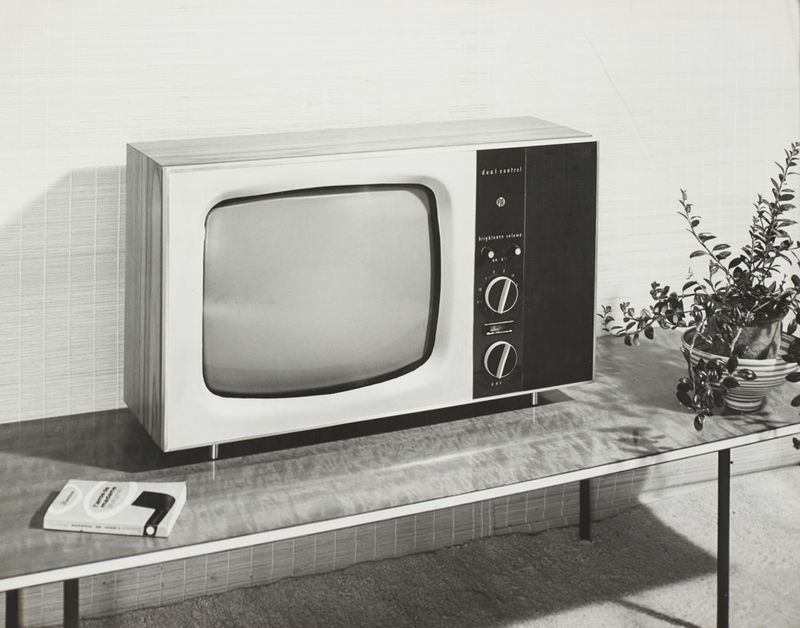
Gathering around a small screen where everything appeared in shades of gray was standard family entertainment. These bulky television sets took minutes to warm up, with the picture gradually appearing from a small dot in the center.
Antennas wrapped in aluminum foil improved reception on stormy nights. Dad or an older sibling served as the human remote control, adjusting rabbit ears and fine-tuning dials to clear the static.
Neighborhoods with one color TV often found their living rooms filled with friends on special occasions. The transition to color happened gradually throughout the decade, with many families holding onto their reliable black-and-white sets well into the 1970s.
6. Easy-Bake Ovens
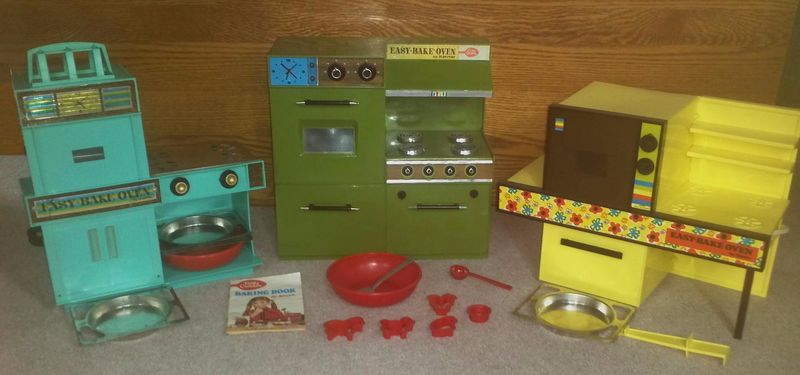
Magical miniature ovens that baked tiny cakes using just a light bulb! Introduced in 1963, this revolutionary toy transformed ordinary kitchens into wonderlands of possibility for young bakers.
The tiny packets of cake mix yielded diminutive treats that rarely resembled the pictures on the box. Still, nothing tasted better than those slightly undercooked creations made with independence and pride.
Parents cringed at the electricity bill but smiled at the joy these simple appliances brought. The distinctive smell of baking cake mix wafting from a toy became the aroma of childhood achievement for an entire generation of kids who couldn’t wait to show off their culinary skills.
7. Chatty Cathy Dolls
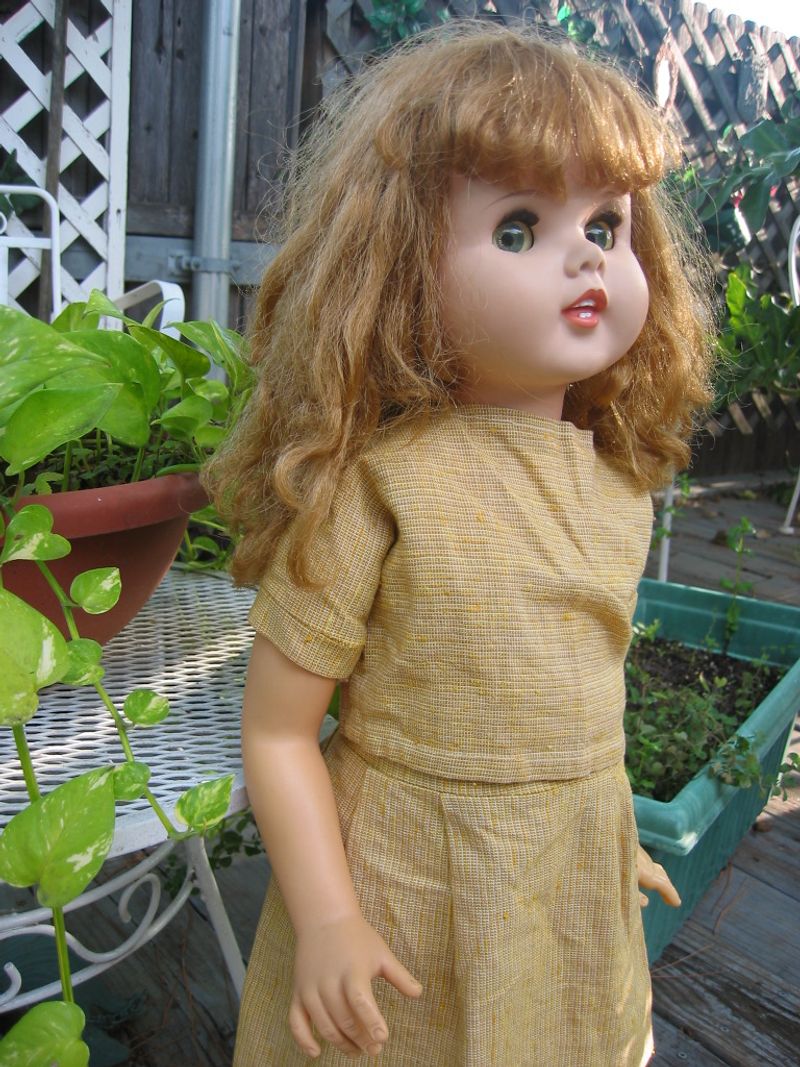
“I love you!” declared these groundbreaking talking dolls when you pulled the string protruding from their backs. Mattel’s innovation captivated children across America after their 1960 debut.
With 11 different phrases and adorable outfits, Chatty Cathy became the must-have companion for youngsters. Her realistic eyes closed when laid down for naptime, adding to the lifelike experience.
The mechanism sometimes stuck, resulting in dolls that either remained mysteriously silent or repeated phrases at unexpected moments. Many Boomers recall the slightly creepy experience of hearing their doll suddenly speak from the toy box in the middle of the night!
8. Milk Delivery in Glass Bottles
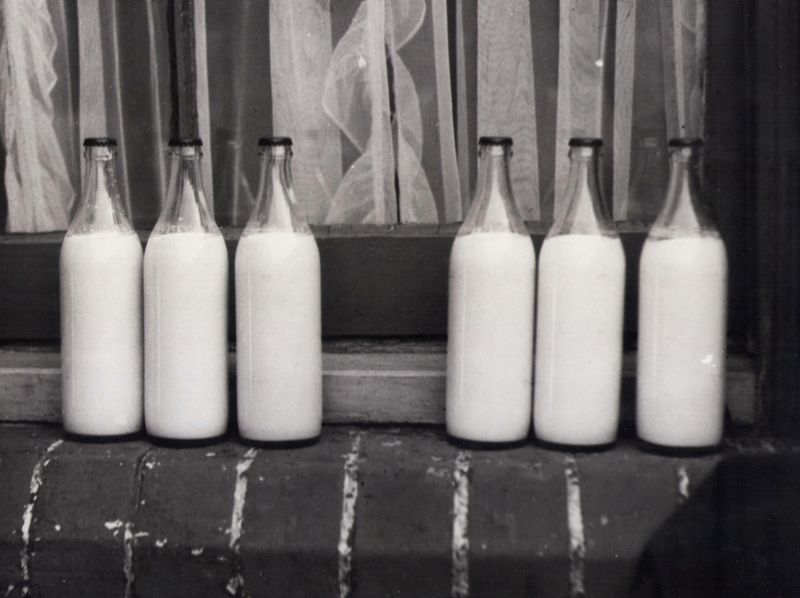
The gentle clinking sound of glass bottles being placed on the porch announced the milkman’s arrival before dawn. These reusable containers kept milk colder and tasting better than today’s cardboard cartons.
Cream would rise to the top, creating a special treat for whoever opened the bottle first. Families left notes requesting extra buttermilk or eggs along with empty bottles to be collected.
The routine created neighborhood relationships as milkmen became familiar faces who knew everyone’s preferences. During winter, bottles sometimes froze, pushing the cardboard caps upward with columns of frozen milk—a morning surprise that delighted children and frustrated parents.
9. Banana Bikes
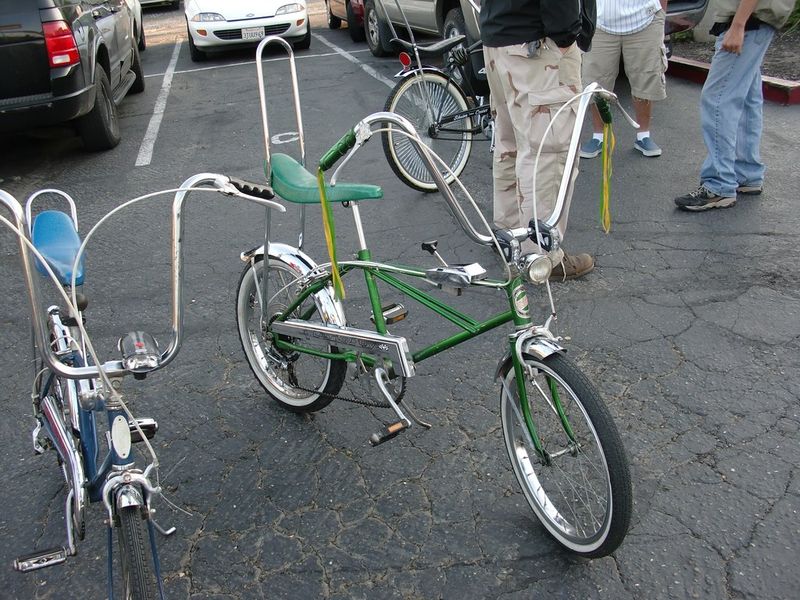
Sleek, colorful bicycles with elongated banana seats and high-rise handlebars dominated neighborhood streets. The Schwinn Sting-Ray started the craze in 1963, inspiring countless imitators and becoming the ultimate status symbol for kids.
Customization was half the fun! Streamers flowing from handlebars, playing cards clothespinned to spokes for that motorcycle sound, and personalized license plates made each bike unique.
Riding no-handed down hills brought the perfect blend of freedom and danger. These bikes weren’t just transportation—they were tickets to adventure, allowing kids to explore beyond parental sight while still making it home for dinner when the streetlights came on.
10. Lava Lamps
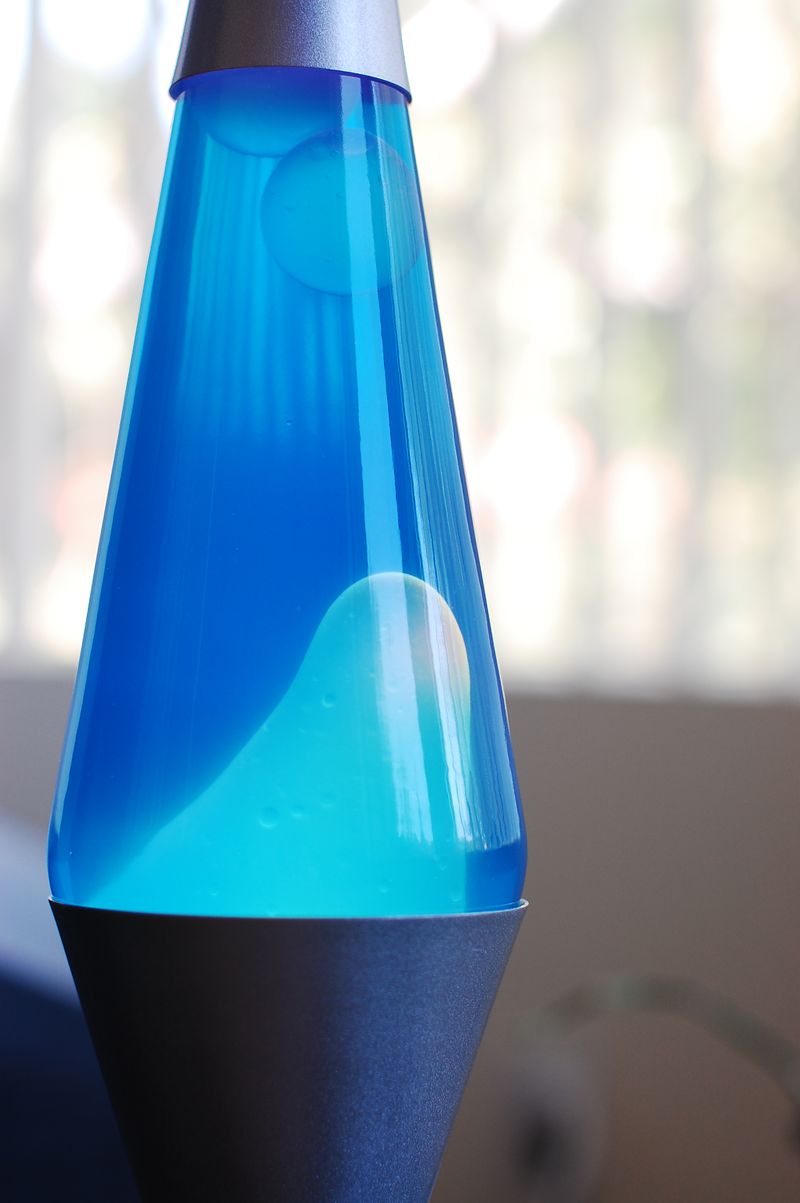
Hypnotic blobs of colored wax floating mysteriously in clear liquid captivated teenagers and adults alike. These groovy mood-setters transformed ordinary bedrooms into psychedelic retreats with their slow-motion ballet of shapes.
Invented in 1963, lava lamps quickly became the essential decoration for any hip pad. The warm glow created atmosphere for listening to records or having deep conversations about life and the universe.
Patience was required—it took nearly an hour for the lamp to warm up enough for the wax to start moving. Many nights were spent watching the mesmerizing patterns while contemplating existence or simply enjoying the ambient light that perfectly captured the era’s experimental spirit.
11. Psychedelic Wallpaper and Décor
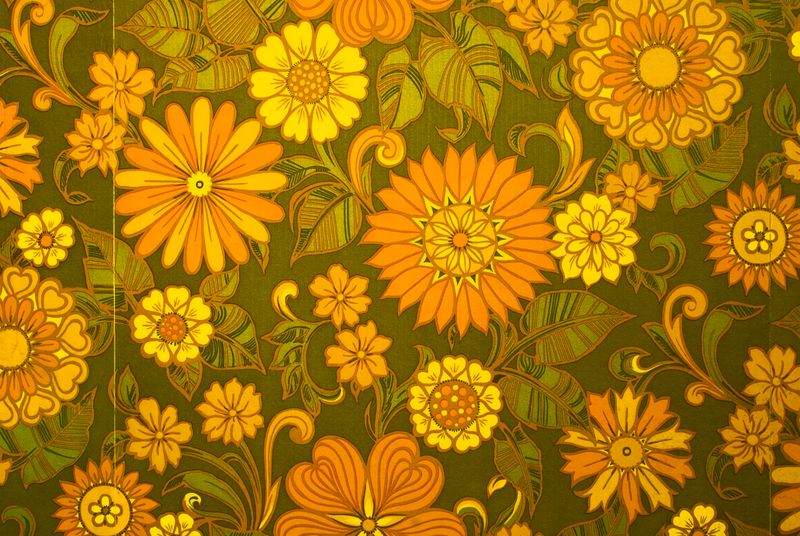
Vibrant swirls of orange, purple, and acid green transformed ordinary walls into visual statements. These bold patterns weren’t for the faint of heart—they announced that your home embraced the counterculture revolution happening outside.
Matching bedspreads, curtains, and lampshades created immersive environments that sometimes induced headaches! The more patterns clashed, the more fashionable the room.
Parents might limit these designs to teenagers’ bedrooms while keeping living areas more conservative. The stark contrast between traditional homes and these psychedelic sanctuaries perfectly symbolized the generational divide of the era, with home décor becoming another battleground in the culture wars.
12. Miniskirts and Mod Fashion
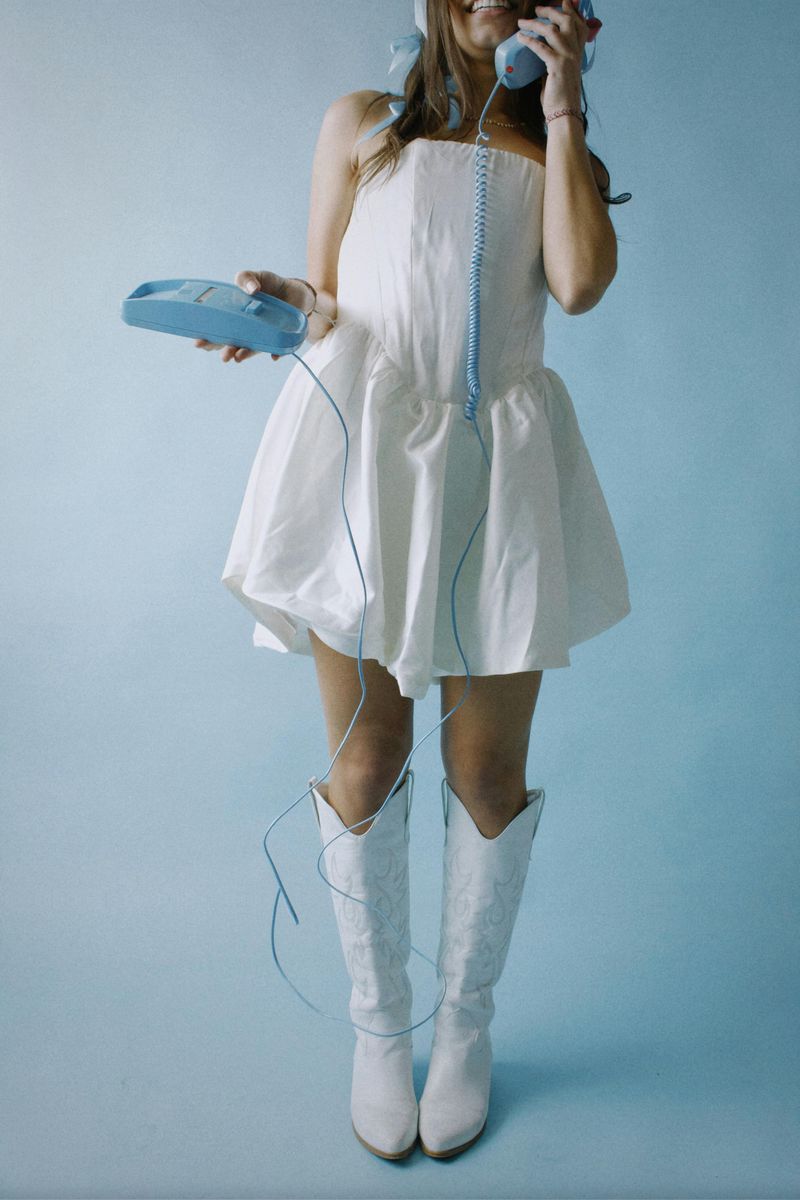
Mary Quant’s revolutionary design shocked parents and delighted young women seeking liberation from conservative dress codes. These thigh-baring skirts paired with go-go boots and geometric patterns became symbols of female empowerment.
Twiggy’s lean silhouette set the standard for the mod look. Young women created dramatic eyes with false eyelashes and white eyeshadow while keeping lips pale and understated.
Shopping for clothes became an expression of personal identity rather than conformity. The dramatic shift from the structured, formal fashions of the 1950s to these playful, youthful styles represented more than changing hemlines—it signaled changing attitudes about women’s roles and societal expectations.
13. Beatles on The Ed Sullivan Show
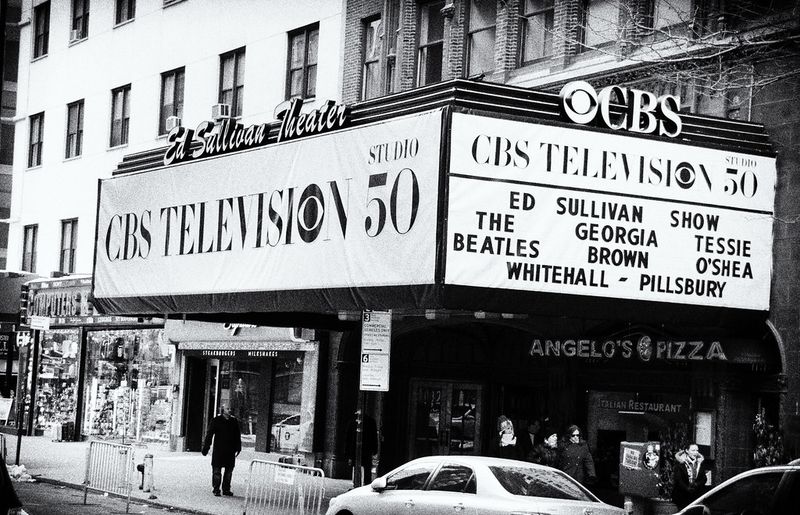
February 9, 1964: the night that changed American music forever. Over 73 million viewers—nearly half the country’s population—tuned in to witness four mop-topped lads from Liverpool perform on The Ed Sullivan Show.
Girls screamed so loudly that many couldn’t even hear the music. Parents watched in bewilderment as their normally well-behaved daughters dissolved into hysteria at the sight of John, Paul, George, and Ringo.
Schools the next day buzzed with conversations about favorite Beatles and hairstyles. This watershed cultural moment marked the official beginning of the British Invasion and transformed how teenagers consumed music, setting the stage for fan culture as we know it today.
14. Moon Landing Footage
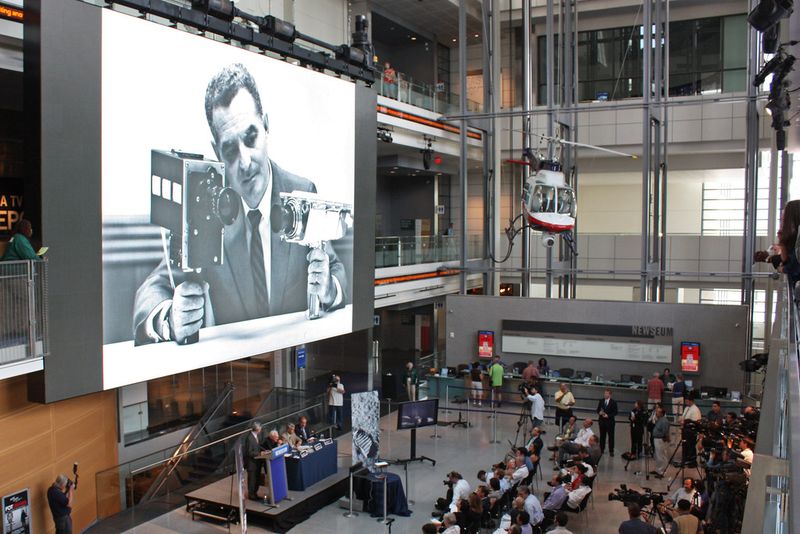
“One small step for man, one giant leap for mankind.” Neil Armstrong’s words crackled through television sets across America on July 20, 1969, as families gathered around screens to witness humanity’s greatest adventure.
The grainy black-and-white footage of astronauts bouncing on the lunar surface seemed almost unreal. Schools set up special viewing areas so students could witness history unfold live.
Many watched with tears in their eyes, understanding they were seeing the culmination of President Kennedy’s bold promise made earlier in the decade. This shared experience united Americans during a turbulent time, momentarily healing divisions as everyone collectively held their breath while Eagle landed.
15. Psychedelic Rock and Flower-Power Music
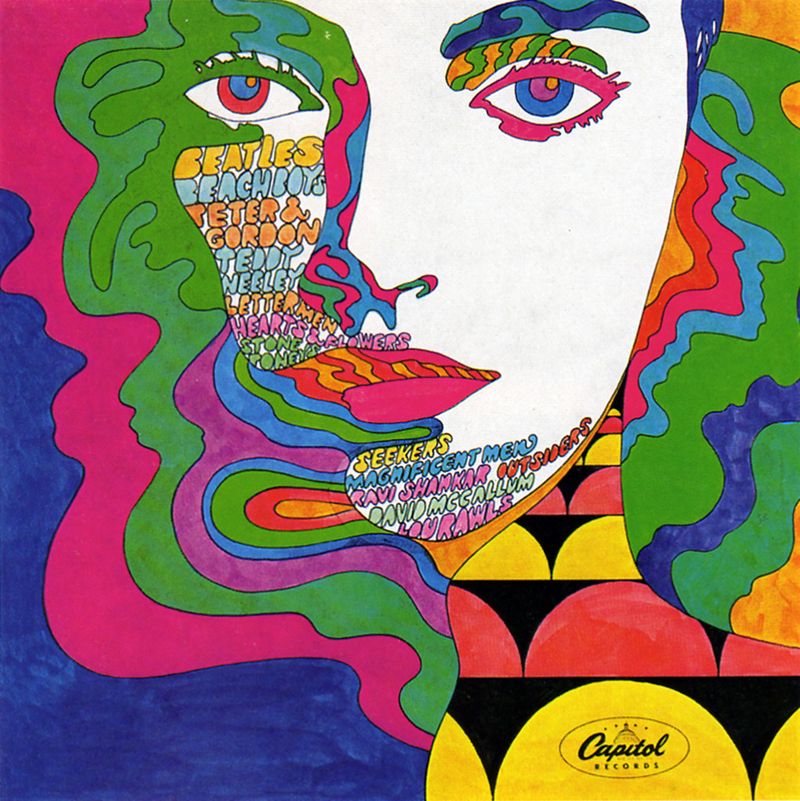
Jefferson Airplane, The Doors, and Jimi Hendrix created soundscapes that mirrored expanding consciousness. This revolutionary music featured extended instrumental solos, experimental structures, and lyrics exploring inner space as thoroughly as NASA explored outer space.
Album covers became art forms themselves, with elaborate designs that required serious study while listening. Friends gathered in basements and bedrooms to analyze lyrics and debate meanings.
The music wasn’t just entertainment—it was the soundtrack to a movement. Songs like “White Rabbit” and “Purple Haze” challenged listeners to question authority and conventional thinking. Parents worried about the messages while teenagers embraced them, creating another fault line in the widening generation gap.
16. Motown Hits
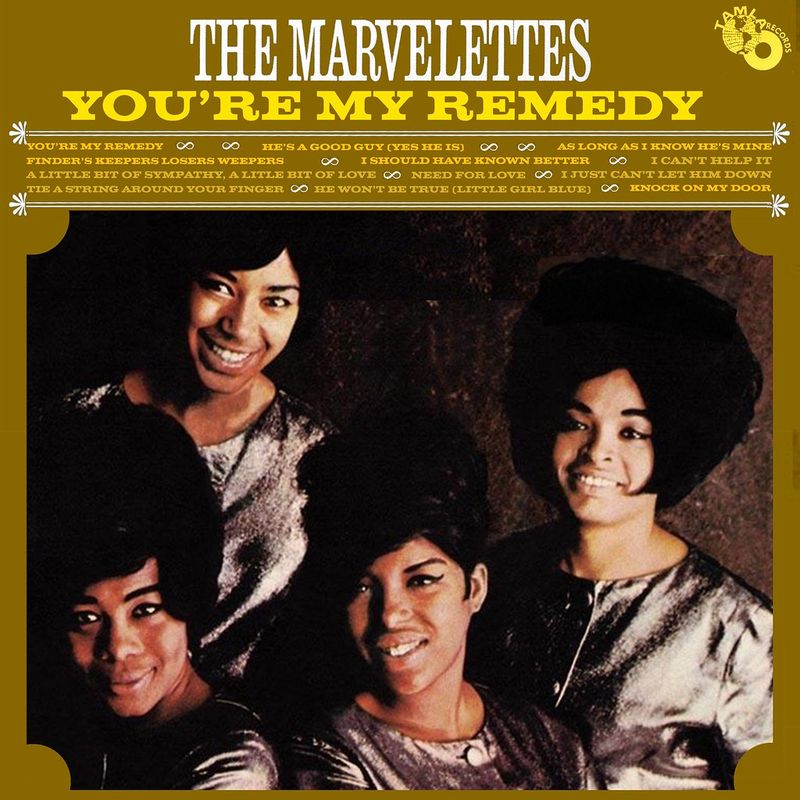
The unmistakable sound of Detroit transformed America’s musical landscape with its perfect blend of gospel, R&B, and pop sensibilities. Berry Gordy’s Motown Records created a soundtrack that crossed racial boundaries during a deeply divided time.
The Supremes, The Temptations, and Marvin Gaye dominated radio waves with songs that made you dance while sometimes delivering powerful social messages. Choreographed performances with matching outfits became their trademark visual style.
American Bandstand introduced these artists to teenagers nationwide. Young people who might never have entered each other’s neighborhoods found common ground on dance floors, moving to the same rhythms and singing the same lyrics—music becoming a bridge across America’s racial divide.
17. The Peace Sign
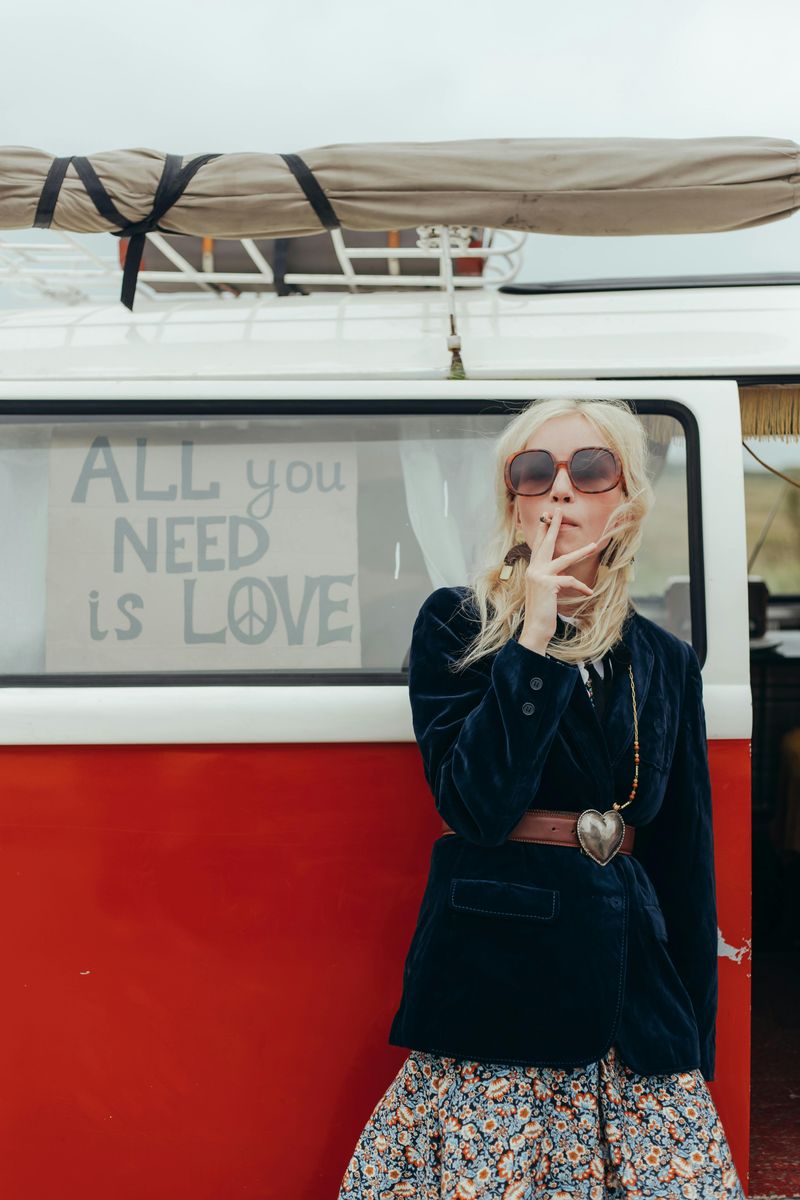
Two fingers raised in a V-shape became the universal symbol of an entire generation’s hopes and dreams. Originally designed in 1958 for the British nuclear disarmament movement, the peace sign spread globally during the Vietnam War protests.
Flashing the sign to passing strangers created instant connections between like-minded souls. The symbol appeared everywhere—painted on Volkswagen buses, embroidered on jeans, and dangling from necklaces.
Parents and authority figures often viewed the gesture with suspicion. What began as a specific anti-war statement evolved into a broader symbol of counterculture values and youth rebellion. Today it remains instantly recognizable, though many using it may not know its original nuclear disarmament meaning.
18. Second-Wave Feminism
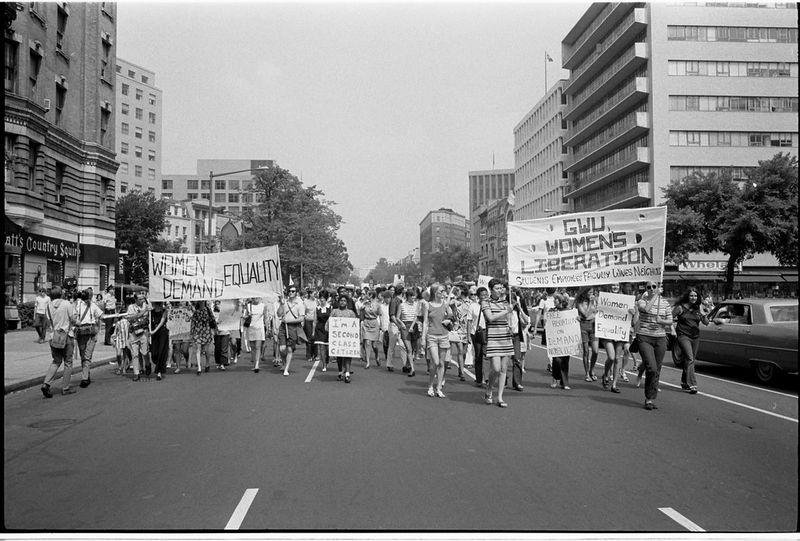
“The personal is political” became the rallying cry for women challenging gender expectations. Betty Friedan’s “The Feminine Mystique” (1963) articulated the unnamed frustrations of countless housewives, sparking a movement that transformed American society.
Consciousness-raising groups formed in living rooms across the country. Women gathered to discuss shared experiences of discrimination, gradually realizing their individual struggles were part of larger systemic issues.
The founding of the National Organization for Women in 1966 formalized these grassroots efforts. Magazine racks displayed Ms. alongside Ladies’ Home Journal, offering radically different visions of womanhood. Young women began questioning whether marriage and motherhood should be their only path to fulfillment.
19. Comic-Book Superheroes
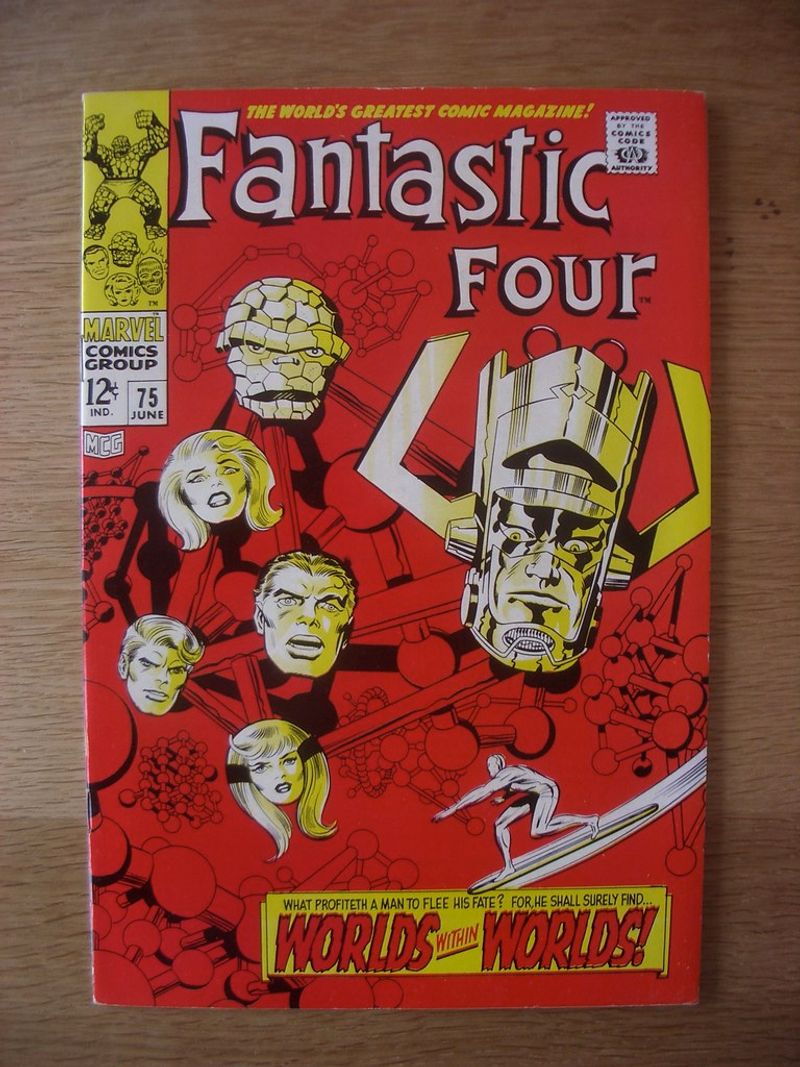
Spider-Man swung into existence in 1962, followed by a new wave of relatable superheroes with real-world problems. Marvel Comics revolutionized the industry by creating characters who struggled with paying rent and relationship troubles alongside their world-saving duties.
The X-Men, introduced in 1963, used mutant discrimination as an allegory for civil rights struggles. These stories resonated with teenagers navigating their own identity questions during turbulent times.
Comic books cost just 12 cents but delivered priceless escapism. Trading issues with friends expanded personal collections while creating social bonds. Parents worried about the influence of these “picture books,” never imagining these characters would dominate global entertainment decades later.
20. Patchouli Oil Smell

One whiff of this distinctive earthy fragrance instantly transports Boomers back to head shops and communes. This essential oil derived from the patchouli plant became the unofficial scent of the counterculture movement.
Applied liberally to wrists and necks, the powerful aroma announced one’s hippie affiliations before a word was spoken. Its popularity spread from India to Western countries along with interest in Eastern philosophies and meditation practices.
Parents complained about the strong smell permeating bedroom carpets and furniture. The fragrance became so associated with the era that even today, catching a hint of patchouli can trigger vivid memories of protest marches, rock concerts, and youthful idealism for those who lived through the decade of peace and love.

Comments
Loading…